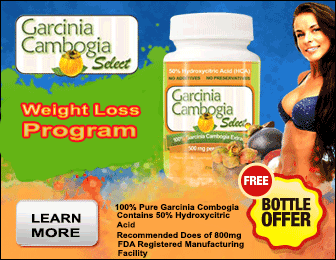It?s no secret that vegetables are good for you, so it stands to reason that vegetable juicing is one of the best things you can do for good health. Vegetable juicing provides your body with a very concentrated source of nutrients and enzymes, particularly when organic vegetables are used.
It also helps to detoxify your body and boost the immune system with high doses of vitamins and minerals that are easy to absorb. In order to get the most benefit from eating vegetables, it is best to eat them raw. Of course, it can be difficult to eat large quantities of raw vegetables, but drinking several glasses of vegetable juice daily is relatively easy. Veggies are generally lower in sugar and higher in nutrients and enzymes than fruits, so vegetable juicing is an especially good way to nourish the body especially when you are sick.
One of the most important results of giving your cells a healthy dose of vegetable juice is that it will help to maintain the pH balance of your body. An optimum pH level is essential for maintaining good health. The pH scale ranges from 1 to 14 with a measure of 1 being extremely acidic and a measure of 14 being extremely alkaline.
Ideal pH Level
The reason pH (or potential hydrogen) is important is that too often our cells become too acidic. The more acidic the cells are, the less able they are to transport oxygen throughout the body. In this regard, acid is toxic to the body?s cells. The ideal pH level is slightly alkaline, between 7 and 7.5. Unfortunately, the environment tends to contribute too much acid, making it difficult to maintain a healthy pH balance without a concerted effort to include more alkaline foods like vegetable juices in the diet.
Enzymes for Enhanced Digestion
As mentioned, vegetable juicing also provides a concentrated source of enzymes to aid digestion. Proper digestion is just as important as nutrient concentration, since undigested nutrients cannot be utilized by the body. Because the typical diet includes foods that are difficult for the body to digest, many people do not have enough digestive enzymes to break down foods and utilize nutrients.
But the good news is that with a few vegetable juice drinks a day, digestive enzymes can easily be replenished.
There is another very important advantage of juicing and, which helps you get the most out of what you eat thus having a positive effect on your overall health. To find out more and learn which are the best vegetables you can use to get maximum benefits visit, http://www.bestofjuicing.com/vegetablejuicing.html
Article written by Caroline White. To lean more about juicing, tips and techniques as well as popular juicers, visit: http://www.bestofjuicing.com
** Attention Ezine editors / Site owners ** You can reprint this article in its entirety in your ezine or website as long as you leave all links in place, do not modify the content and include our resource box as listed above.








